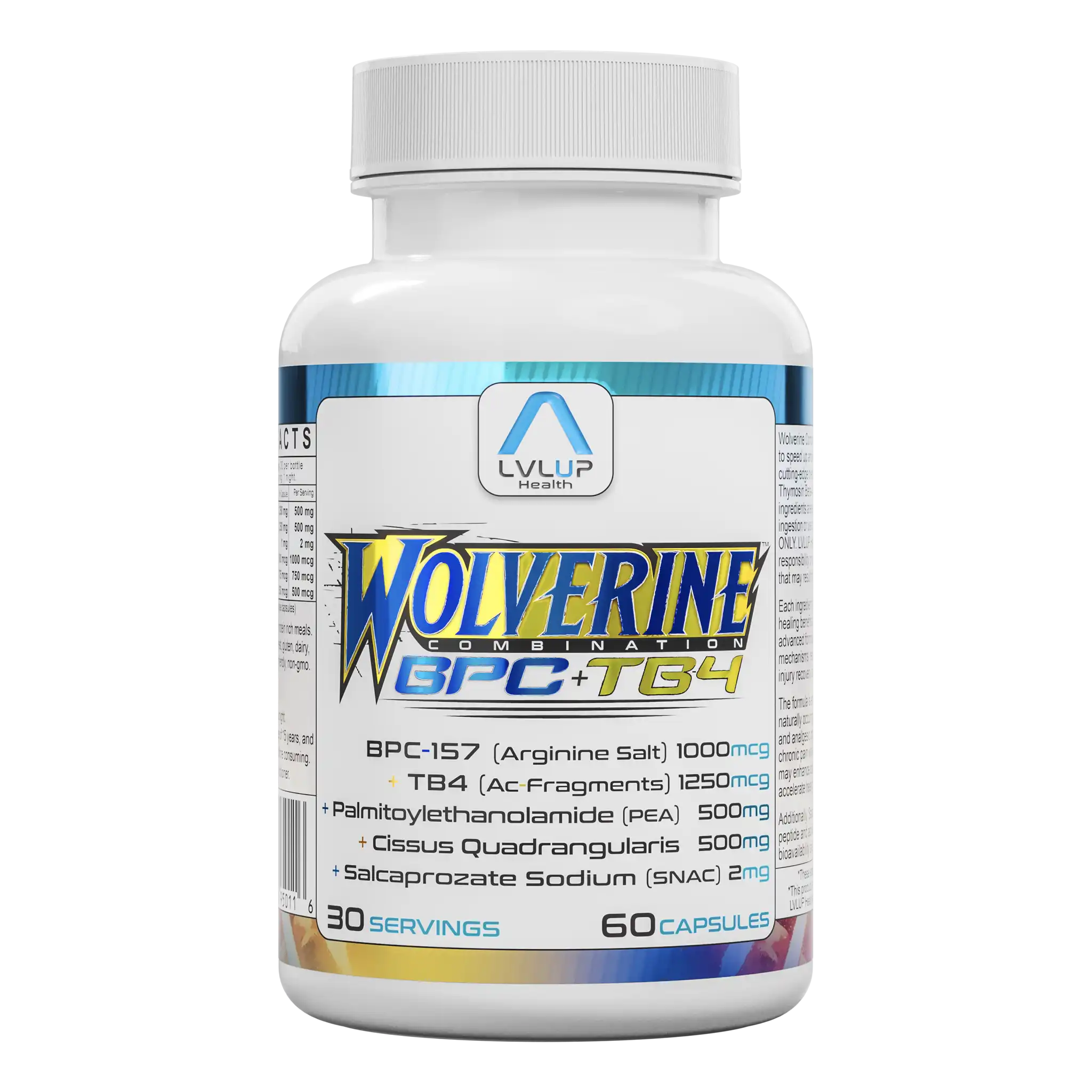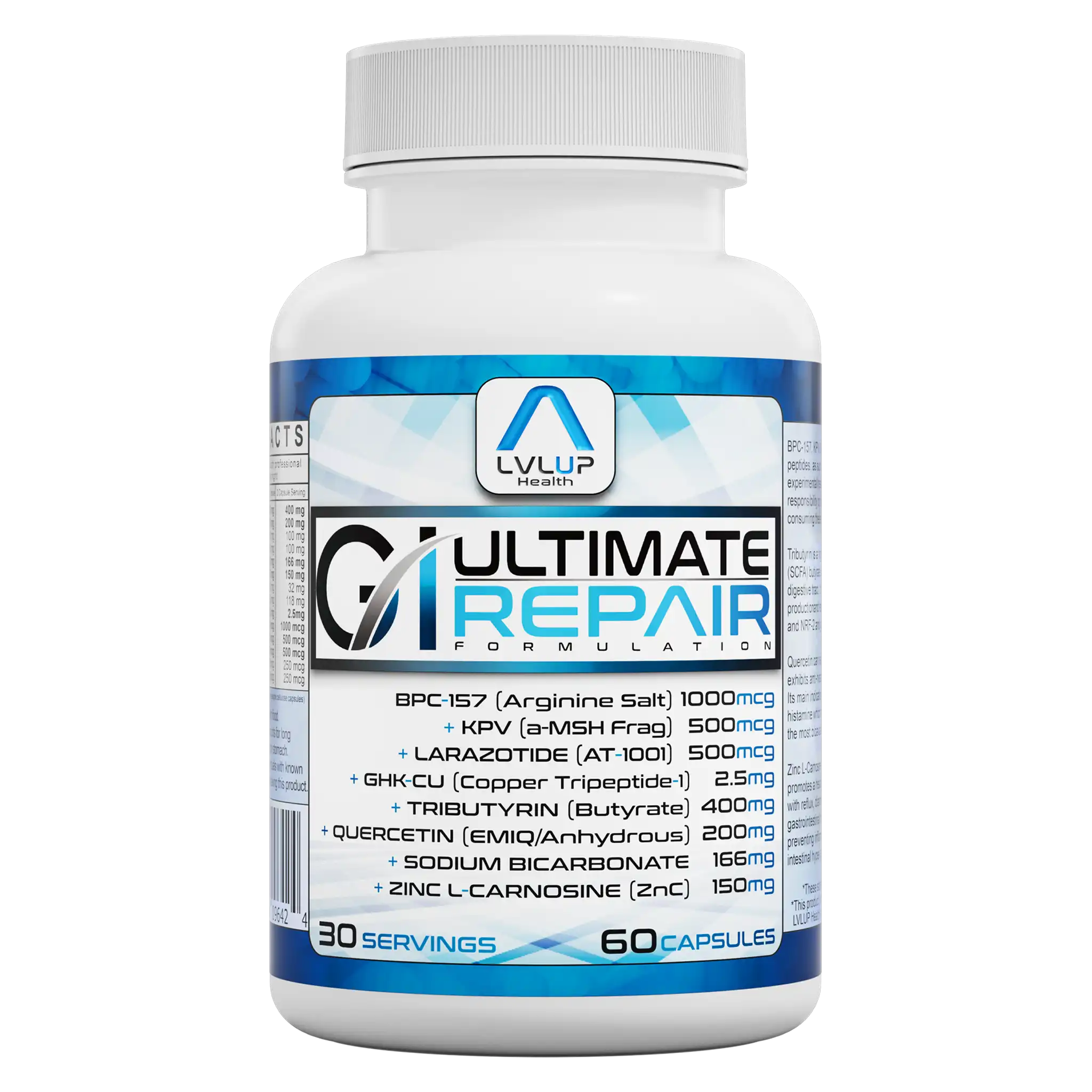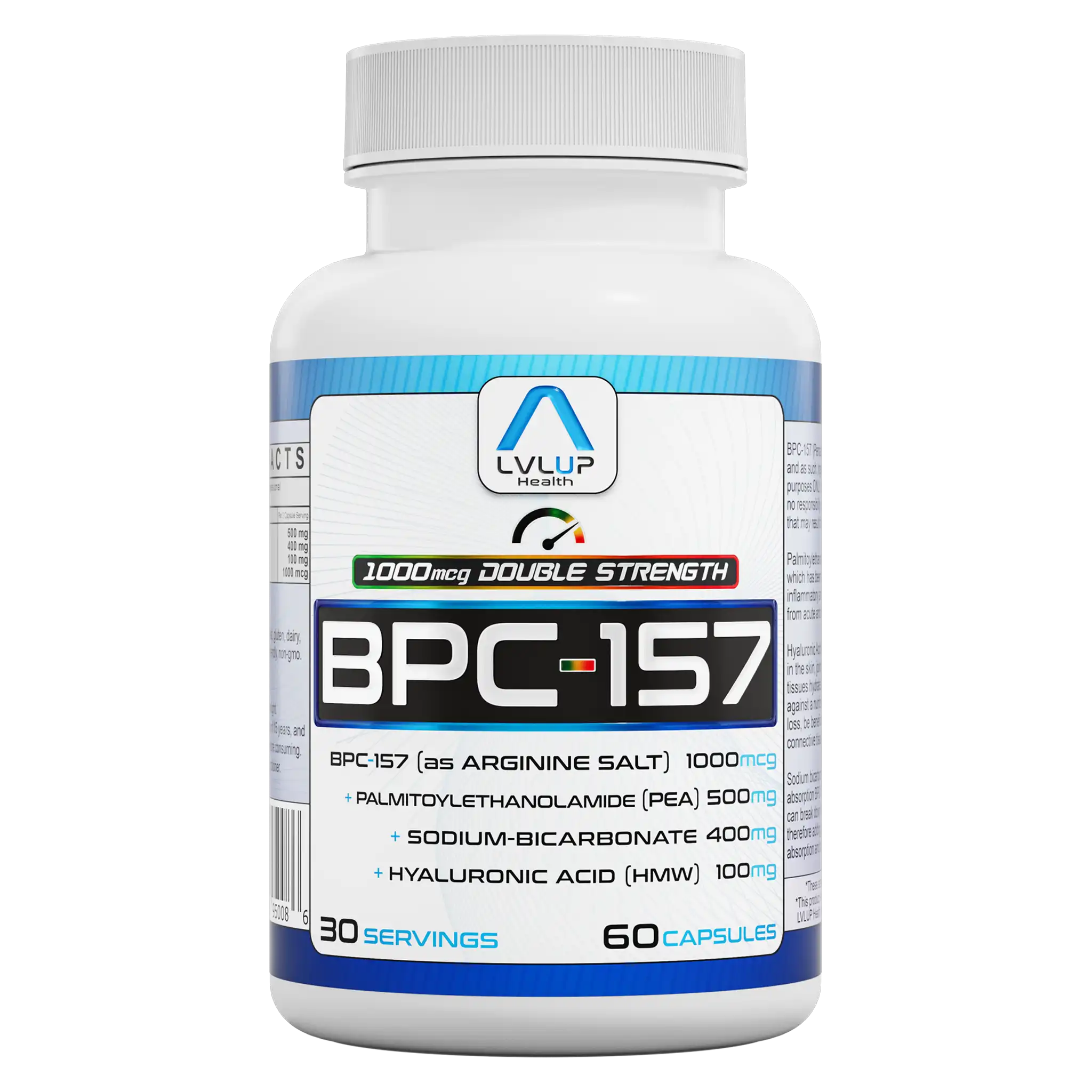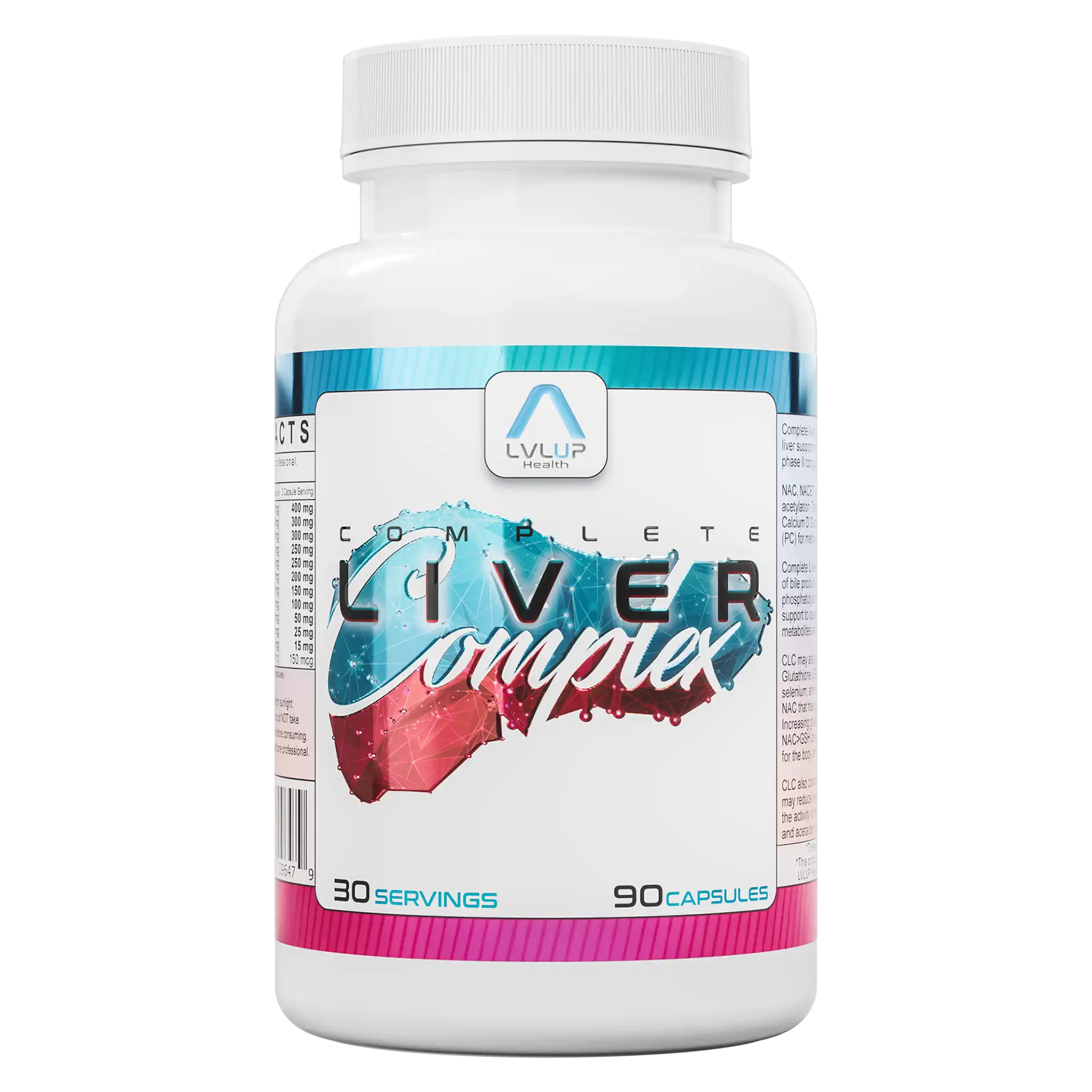GGC
About GGC
Introduction to GGC
GGC is a quiet but crucial link in your body’s antioxidant chain. Before cells make glutathione (often called the “master antioxidant”), they first need to assemble GGC. Think of it as prepping the ingredients for a gourmet meal: if you don’t get this stage right, nothing else quite comes together.
Biochemical Role
GGC stands out because of where it sits in your body’s biochemistry. It forms when the enzyme gamma-glutamylcysteine synthetase combines glutamate and cysteine inside your cells. Once formed, GGC quickly joins with glycine to create glutathione, fueling all those protective processes your cells need every day.
Supplementation Insights
Why not just take glutathione? Here’s where things get interesting: oral glutathione mostly falls apart during digestion. Supplementing with GGC gives your cells the building blocks they need to create glutathione from scratch, right inside the call of duty.
Formulations and Uses
You’ll spot GGC most often in advanced supplement formulas that focus on gut barrier strength, liver health, and neuroprotection – anywhere oxidative stress is a real concern. In particular, it’s used as a cornerstone ingredient in products like Complete Liver Complex, which aims to support healthy liver detoxification by ramping up the body’s own glutathione production.
Why Choose GGC
Most product lines focus on delivering finished antioxidants or precursors like N-acetylcysteine (NAC). GGC bypasses some of the absorption pitfalls by being one metabolic step closer to what cells really need. You may see it paired with other crucial antioxidants or amino acids, maximizing its potential for supporting key processes like detoxification or protecting neurons.
Practical Applications
You’ll commonly find GGC in gut health blends focused on barrier function and resilience; in neuroprotective stacks aimed at keeping nerve cells sharp; and in comprehensive detox products that target all phases of liver metabolism. Complete Liver Complex uses it as a cornerstone for supporting liver health through effective glutathione biosynthesis and overall antioxidant protection.
Found In
Formulated With
Detailed Information
Biological Role of Gamma-Glutamylcysteine
Gamma-glutamylcysteine (GGC) is the immediate biosynthetic precursor to glutathione (GSH), synthesized via ATP-dependent ligation of L-glutamate and L-cysteine by γ-glutamylcysteine synthetase (GCL). As the rate-limiting substrate in intracellular GSH synthesis, exogenous GGC administration has been shown to bypass cysteine uptake bottlenecks and potentially modulate redox homeostasis more efficiently than precursor amino acids alone.
Mechanisms and Applications
Unlike direct oral GSH supplementation – limited by extracellular γ-glutamyl transpeptidase activity – GGC can be taken up intact by select cell types or cleaved extracellularly for component assimilation. In hepatic models, increased intracellular GGC supports both conjugative detoxification (Phase II) and maintenance of thiol-dependent enzymatic pathways central to drug metabolism and oxidative stress responses.
Applications in Nutraceutical Formulations
This mechanism underlies its application in advanced nutraceutical formulations targeting hepatic xenobiotic clearance, neuronal redox buffering capacity, and mucosal barrier integrity against inflammatory insults. Research continues to examine optimal delivery forms of GGC to maximize tissue-specific uptake while minimizing cysteinyl overload or aberrant glutamate signaling.





